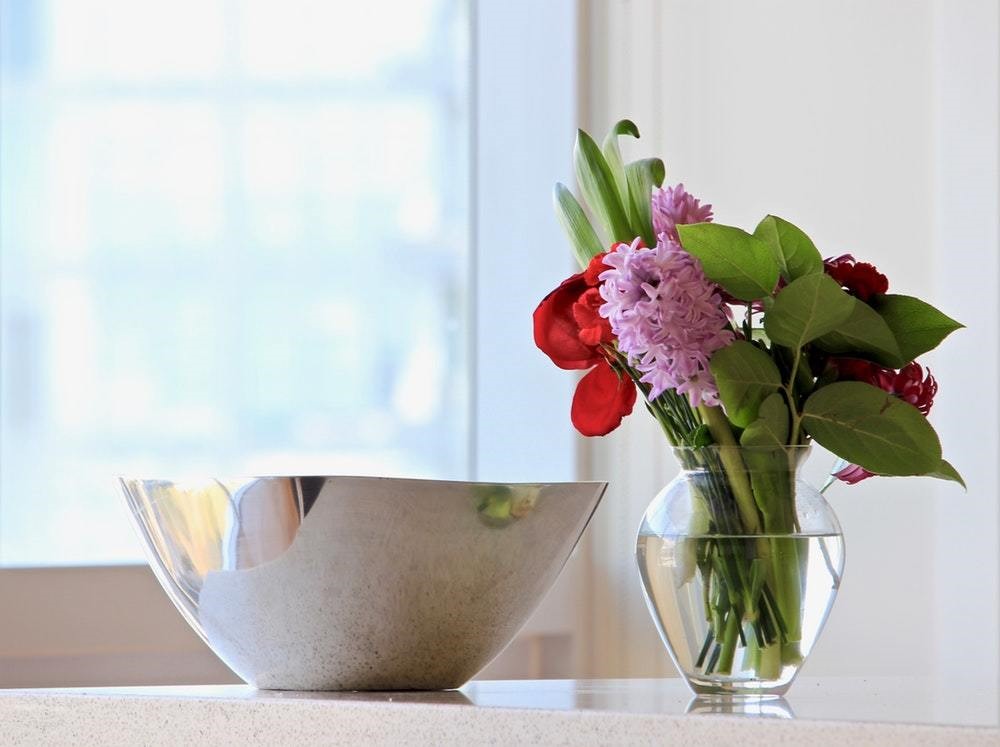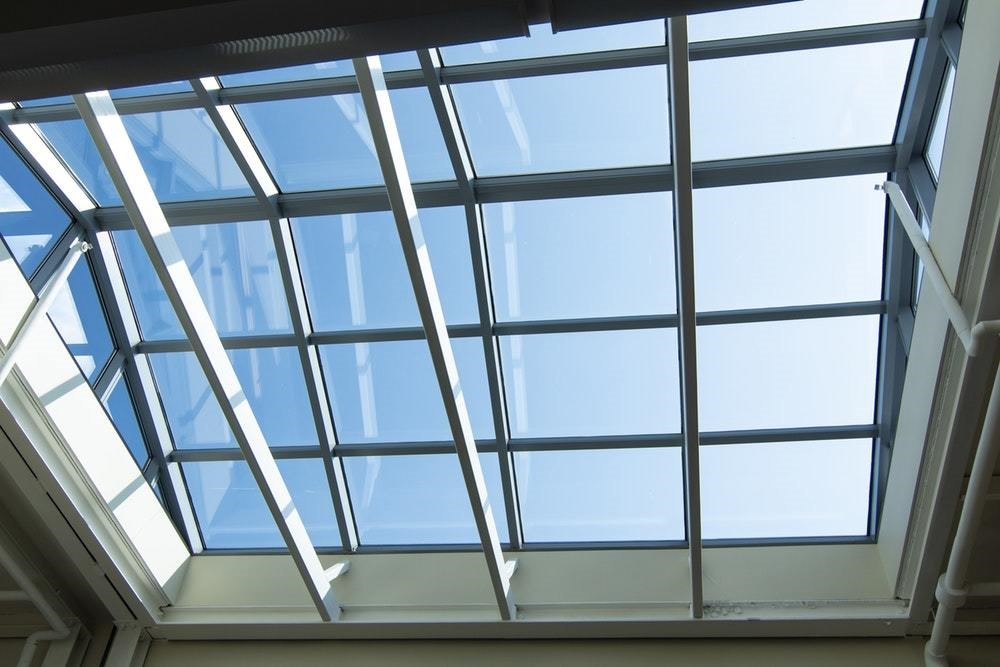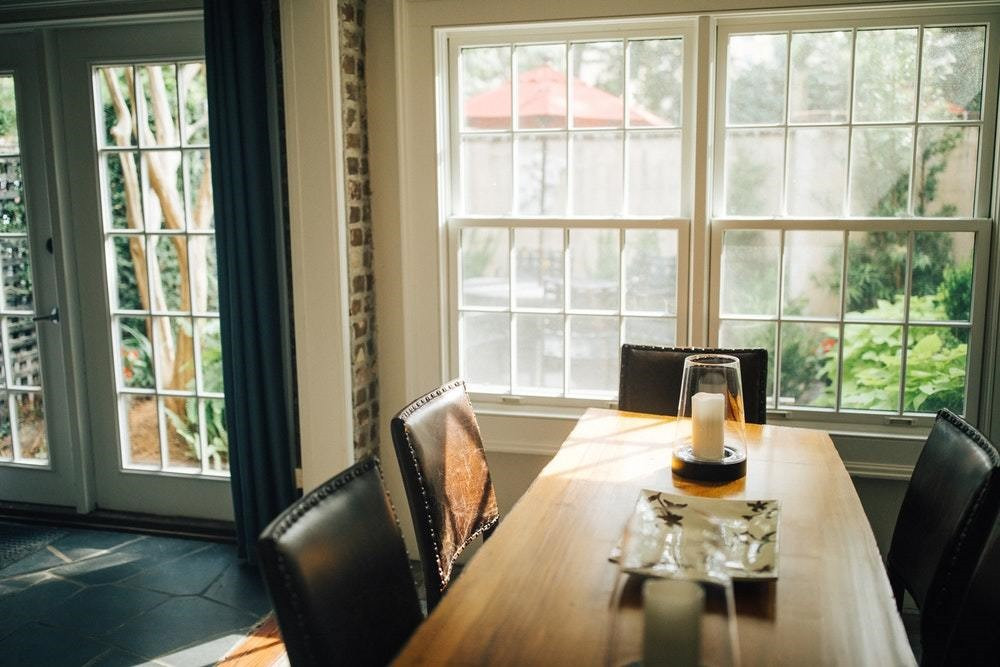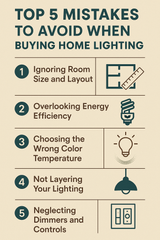How To Bring In Natural Light In An Otherwise Dark And Dreary Room
There are a lot of things to consider when it comes to making a good interior design. Light is one of those many aspects. While you can add as much artificial lighting as you’d like to your space, truly nothing beats the beauty of natural lighting flowing into your interior design. It’s beautiful, natural, and free of charge.
However, as we all know, some homes just don’t have the natural lighting that they should. As a result, the space seems gloomy and unfinished. Unfortunately, some even find that dimly-lit homes diminish their good mood, creativity, and level of motivation. After all, the power of lighting – or lack thereof – can have a significant impact on us.
Fortunately, there are simple ways to ensure your home receives as much natural lighting as possible. Consider the following tips:
Avoid Dressing Your Room In Dark Colors
The last thing you would want are dark-colored walls that would only absorb the natural lighting filling your space. In turn, your space will not only be darker but also appear smaller than it really is. Thus, one of the simplest ways to ensure your interior design receives as much natural light as possible is to avoid using too many dark colors in your space. Instead, opt for whites and other light hues that will ensure natural lighting will reflect from wall-to-wall.
Of course, this doesn’t mean you have to completely eliminate dark hues from your interior design. Instead, this means that the majority of your design should include lighter colors, especially your walls.
Opting For Curtains? Go For Ones That Are Light In Weight And Color
Not everyone wants to dress their windows with curtains. But for those that do, make sure that the curtains you select aren’t heavy, thick, or dark in color. If you want a brightly-lit home, your goal shouldn’t be to block out as much light as possible but to let it flow in.
The best curtains to opt for to ensure you have a bit of privacy yet still have a hefty amount of natural light entering are thin, sheer, light-colored curtains. If you must have a little more privacy, ensure your windows also have blinds or thicker curtains hung after your sheer curtains. That way, when the sun is the brightest and the hottest toward the middle of the day and you want to block it out, or at nighttime when you want more privacy and darkness in your home, your thicker curtains and/or blinds can get the job done.
Utilize Reflective Objects
Many know that reflective objects help draw in natural light, or illumination at all for that matter, into an interior design. If making your home as bright as possible is your goal, ensuring there are reflective objects embedded in your interior design is going to be a must.
We all know reflective objects when we see them, but one of the best ways to add reflection into your space is to opt for mirrors. Mirrors are after all one of the first things that come to mind when we think of reflection. However, don’t limit your design to just mirrors, however. Other objects can offer reflective or mirror-like materials. Countertops, vases, kitchen backsplashes, floor tiles, furniture, and other objects may be found with reflective surfaces that you may wish to add to your interior design.
Add Metallics To Your Interior Design

Similar to the idea of adding reflective objects to your space to allow as much natural light as possible to enter your home, you’re going to also want to opt for metallic objects – light fixtures, vases or planters, clocks, etcetera. Some metal finishes feature a reflective appearance. However, others are mostly matte. Nevertheless, most metallics help draw in more light as they reflect rather than absorb illumination.
Metallics come in many shades and tones. Surely, you can think of several types of metals on the top of your head: silver, gold, copper, steel, brass, iron, aluminum, the list goes on. However, some of the best metallics to add to your interior design to ensure plenty of natural illumination enters your space are the metals that are lighter and cooler-toned such as silver or stainless-steel. Dark-washed metallics are best to avoid in your interior design as they may provide little to no advantage if you’re wanting to bring in natural light.
Consider Getting A Glass Door Or More Windows
This next tip will not be feasible or affordable in all instances. However, more windows or replacing a regular door with a glass door are definite ways to draw in more natural lighting into your home. If you plan on adding more windows to your interior design, make sure to consider the following before selecting the perfect spot:
- A region where a window can be structurally placed
- Somewhere where you will have a beautiful view
- A spot/direction where plenty of light would shine through
- A location that’s not too close to other windows
- The current arrangement of furniture in your interior design and how a window in a certain area might affect the functionality or new arrangement of the space
If you do add a glass door or window in an area where you would prefer a little more privacy, lightly frosting your glass can ensure you get privacy while still get the natural illumination you want in your interior design. Otherwise, blinds or curtains can give you the privacy when you need it the most.
Install A Skylight Or Sun Tunnel

This last natural illumination tip, adding a skylight or sun tunnel to the ceiling of your home, is certainly not applicable for the majority of home owners as it is costly. While skylights and sun tunnels cannot be added to the ceilings of all homes, there’s no doubt that they offer a hefty source of illumination, and some cases, they can even replace artificial lighting.
But if you’re considering either a sky light or a sun tunnel, it’s important that you understand the difference between the two before you select one or the other. A skylight is essentially a window placed on the ceiling. A sun tunnel, however, is also a ceiling window, except it features a clear dome on top. Sun tunnels are tubular, allowing them to be easily placed from the ceiling through the roof. Thus, they are more versatile than their skylight counterparts.
Conclusion
The amount of natural lighting your home receives depends on many factors: your location, the current season, how many windows you have and where they are located in the home, whether or not you have overhangs over your windows, and how many trees you have in your yard blocking light from entering your windows.
While sometimes the amount of natural lighting your interior design receives is inevitable, there are still many things you can do to ensure as much natural lighting fills your space as possible. This includes avoiding adding dark hues to your space, choosing light-weight and -colored curtains, adding reflective and metallic objects to your space, installing a glass door or windows, or even considering having a skylight or sun tunnel installed.
If you need more interior or exterior design-related tips and tricks, check out the rest of our blog posts.
Recent Posts
-
Top 5 Mistakes to Avoid When Buying Home Lighting
Lighting plays a crucial role in shaping the ambiance, functionality, and aesthetic appeal of your h …26th Jun 2025 -
Why Lighting Is the Most Underrated Design Element in a Room
Walk into a well-designed space, and you might first notice the color of the walls, the statement fu …13th May 2025 -
How to Choose the Perfect Painting for Your Home or Office
When it comes to decorating your space, choosing the perfect painting can be a game-changer. A well- …7th Feb 2025




